In a quiet little village of Plougrescant, France, tourists can visit this quirky and extraodrinary Castel Meur, also known as “The House Between The Rocks”, which has become an attraction for many years.
 |
| MAëLICK/CC BY-SA 2.0 |
Castel Meur, also known as La Maison du Gouffre or “the house between the rocks”, is a charming cottage wedged between two huge jagged rocks that has been drawing tourists to the otherwise quiet little village of Plougrescant, located in the department of Côtes-d’Armor in the region of Brittany, in France, since the 19th century.
The house has her back turned towards the sea, against which her owner sought to protect her by building the house in a cradle between the two rocks to shield her from the violent storms that frequent this place. The tiny house was built in 1861, at a time when building permits did not exist, where anyone could build at will. After the death of her original owner, Castel Meur served as the second home to the descendant’s family who lived here sporadically. The current occupant, the granddaughter of the first master of the house, has lived here since 2004 after selling her business in America and returning back to her land.
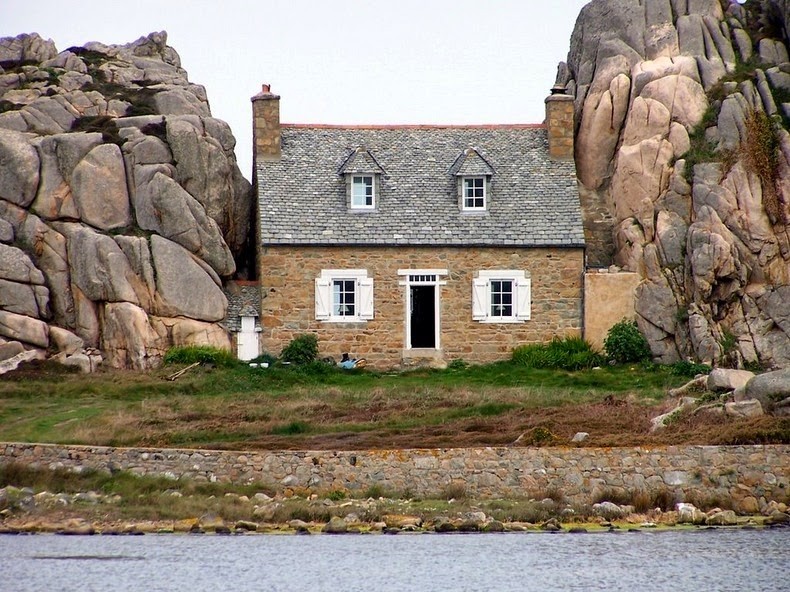 |
| Photo: Amusing Planet |
La Maison du Gouffre
Previously, any tourist could calmly walk up to the house and take a photo as a souvenir. It was the main attraction of the Plugrescan village. It was portrayed on postcards. Local officials were keen to develop tourism. The image of Mör Castle was to become the village’s official business card. Tourists often visited these places. Moreover, they did not always behave culturally. One day, Japanese tourists climbed onto the roof for spectacular shots and damaged it. Naturally, the owners did not like it. They built a fence around their lot. Access to the building is now severely restricted.
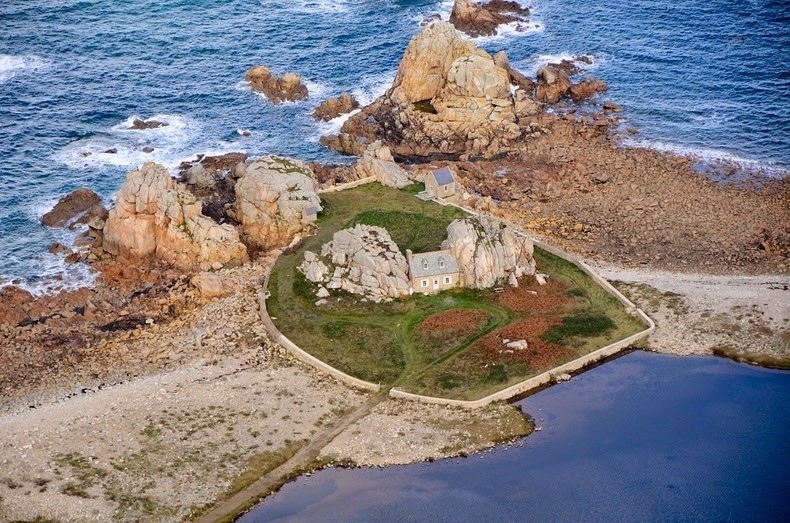 |
| Photo: Amusing Planet |
Now you will not find postcards with this house either in the post office or in souvenir shops. The owners of the house have banned the commercial use of any of its images. All souvenirs depicting this attraction have been withdrawn from sale.
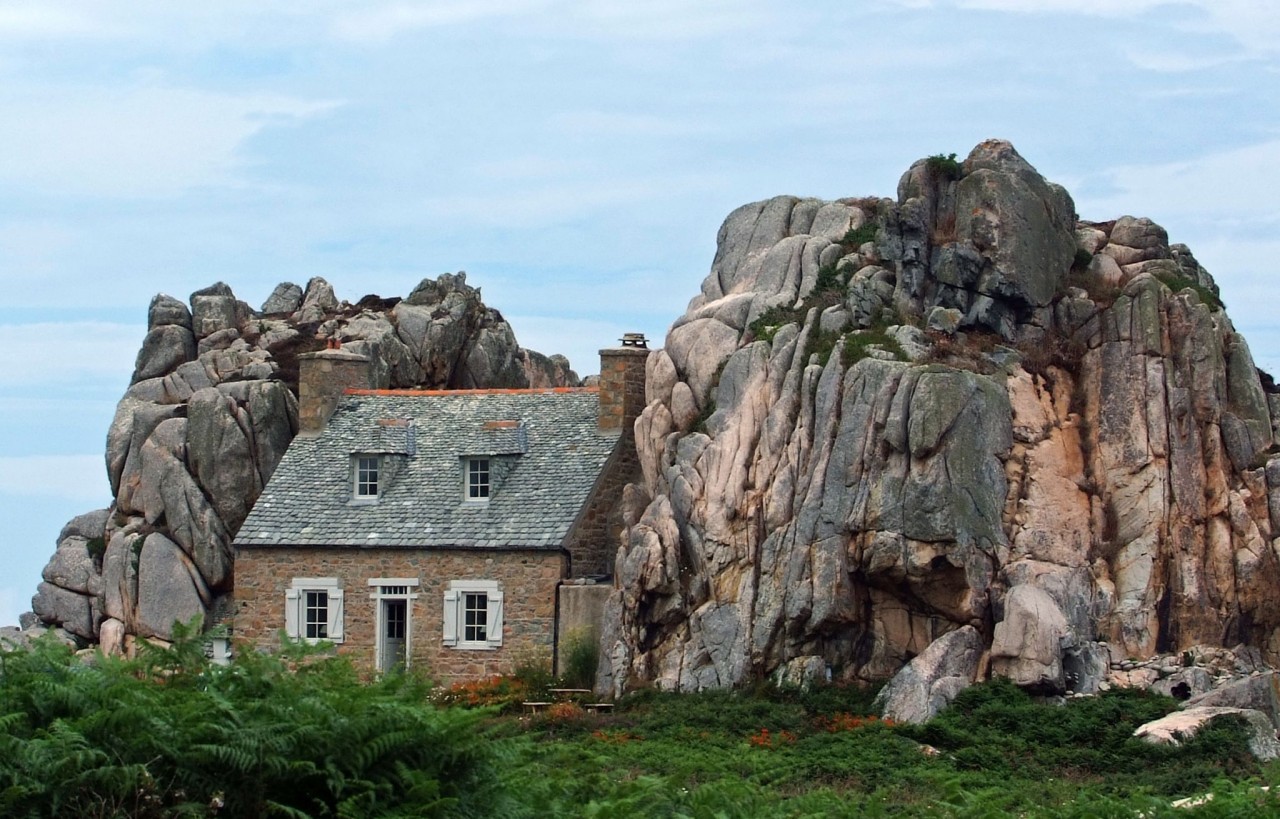 |
| Photo: Locationscout |
Plougrescant – Brittany’s Crazy Northernmost Point
At Brittany’s most northerly point on the mainland, the crazy-looking Plougrescant peninsula epitomizes the Côtes-d’Armor coast with its contrasting facets, variously enchanting, confusing, or even fearsome. As for Plougrescant’s chapel, it looks like it’s stepped out of the pages of a fairytale.
A surprise round every cove
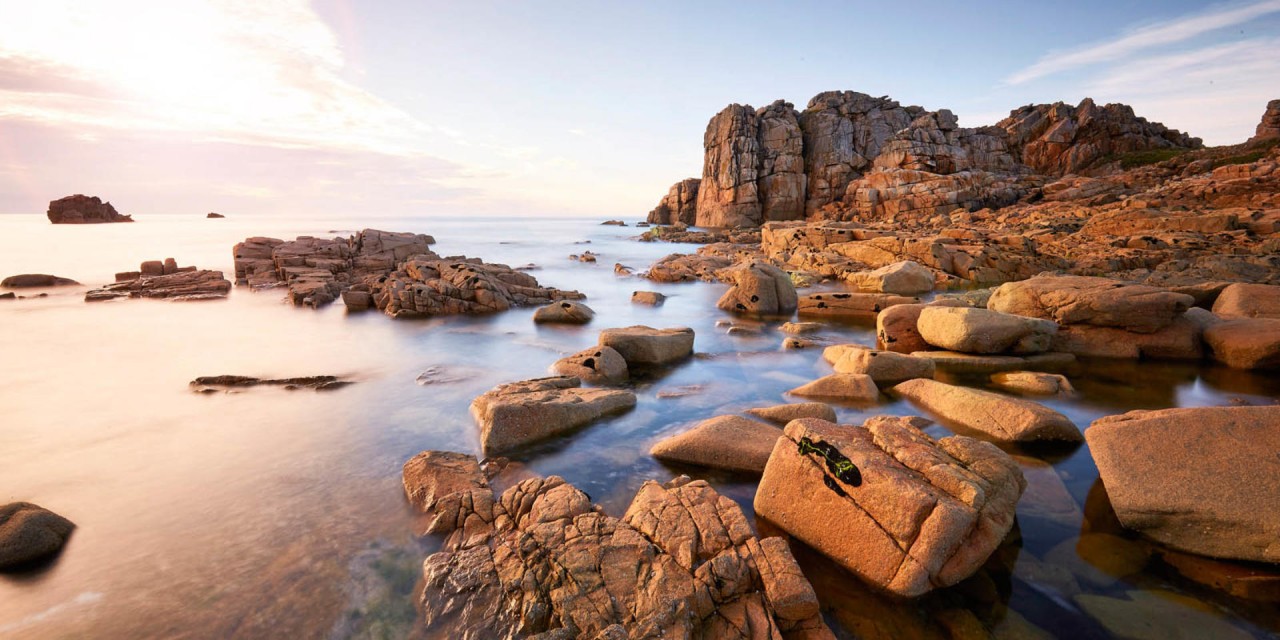 |
| Photo: Britanny Tourism |
Utterly charming little ports, like oyster-farming La Roche Jaune, or Port-Blanc, the latter with white-painted rocks to help sailors steer safely into harbour, make the most of the protected corners along this coast. However, extraordinary rocks pile up all around, on land as well as out to sea. At the very northern tip of the peninsula, known either as Castel Meur or the Pointe du Château, one of the most picturesque houses in Brittany stands sensationally sandwiched between two vast boulders. The Maison du Littoral nearby explains the extraordinary rocky environment.
Nature’s traps
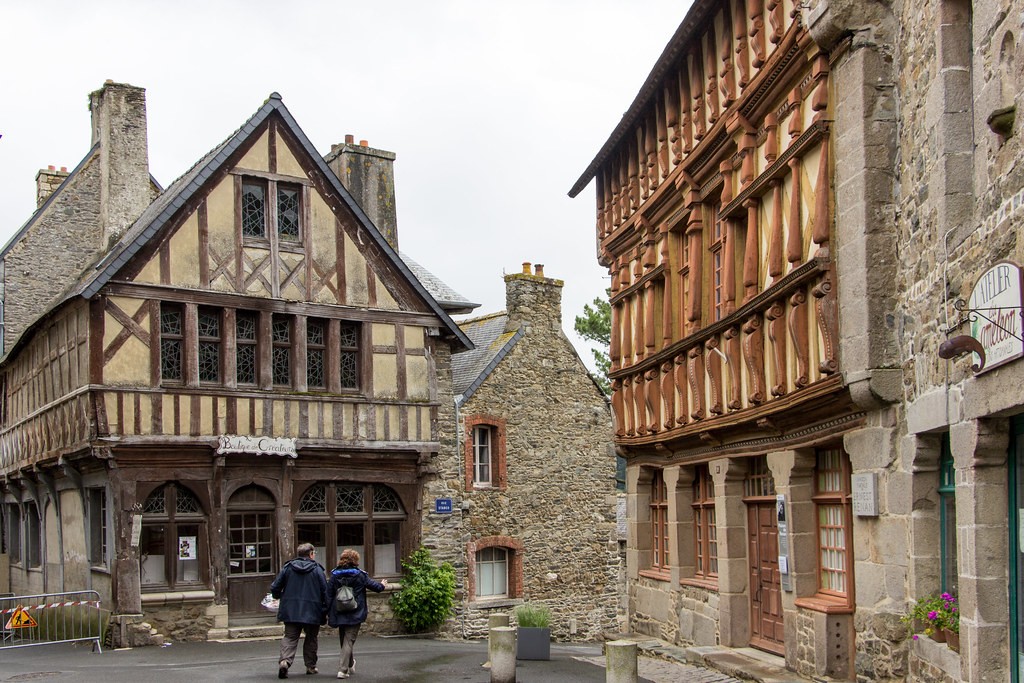 |
| Photo: Map of France |
West along the coast from Castel Meur, the Gouffre de Plougrescant is a forbidding natural phenomenon where water and wind often combine to howl through the gashes in the rocks. Shingle bars protect a couple of salty pools around which rare marine fauna flourishes, much appreciated by seabirds. Dense scatterings of tiny islands make the sea around the Plougrescant peninsula perilous, for example the Er archipelago in the Jaudy estuary. At low tide, some of these islets are reachable on foot, though. As to the separate Ile Loaven, locals went there to venerate a model of Dark Ages motherhood closely associated with the spot, Saint Eliboubane.
Painted saint’s life
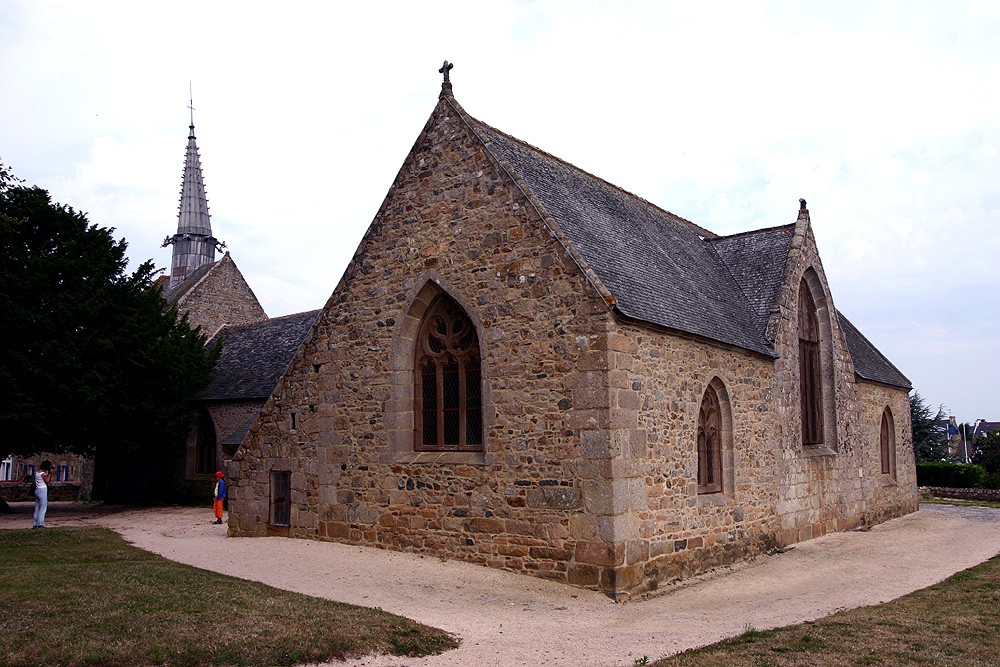 |
| Photo: Wikimedia Commons |
Eliboubane was the mother of Gonéry, another saintly figure to emerge from the ranks of Dark Ages immigrants from Britain to Brittany. A wonderfully quirky medieval chapel was erected in his name at the village of Plougrescant. Saint-Gonéry looks like a building in a cartoon, crooked but delightful. Inside, the 15th-century wall paintings are cartoonish too, but the Biblical stories are told with such charming detail, and against such gorgeous patterned backdrops, that they are truly memorable.

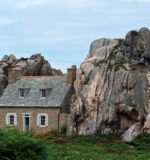



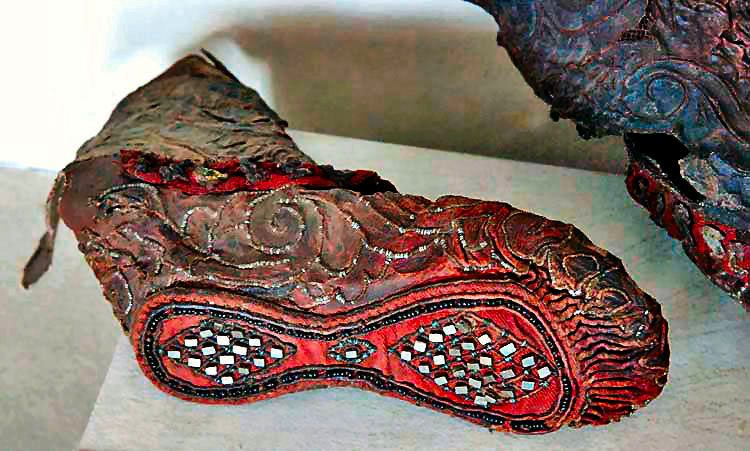


 Photographer Finds Locations Of 1960s Postcards To See How They Look Today, And The Difference Is Unbelievable
Photographer Finds Locations Of 1960s Postcards To See How They Look Today, And The Difference Is Unbelievable  Hij zet 3 IKEA kastjes tegen elkaar aan en maakt dit voor zijn vrouw…Wat een gaaf resultaat!!
Hij zet 3 IKEA kastjes tegen elkaar aan en maakt dit voor zijn vrouw…Wat een gaaf resultaat!!  Scientists Discover 512-Year-Old Shark, Which Would Be The Oldest Living Vertebrate On The Planet
Scientists Discover 512-Year-Old Shark, Which Would Be The Oldest Living Vertebrate On The Planet  Hus til salg er kun 22 kvadratmeter – men vent til du ser det indvendigt
Hus til salg er kun 22 kvadratmeter – men vent til du ser det indvendigt  Superknepet – så blir snuskiga ugnsformen som ny igen!
Superknepet – så blir snuskiga ugnsformen som ny igen!  Meteorite That Recently Fell in Somalia Turns Out to Contain Two Minerals Never Before Seen on Earth
Meteorite That Recently Fell in Somalia Turns Out to Contain Two Minerals Never Before Seen on Earth  Nearly Frozen Waves Captured On Camera By Nantucket Photographer
Nearly Frozen Waves Captured On Camera By Nantucket Photographer  It’s Official: Astronomers Have Discovered another Earth
It’s Official: Astronomers Have Discovered another Earth 